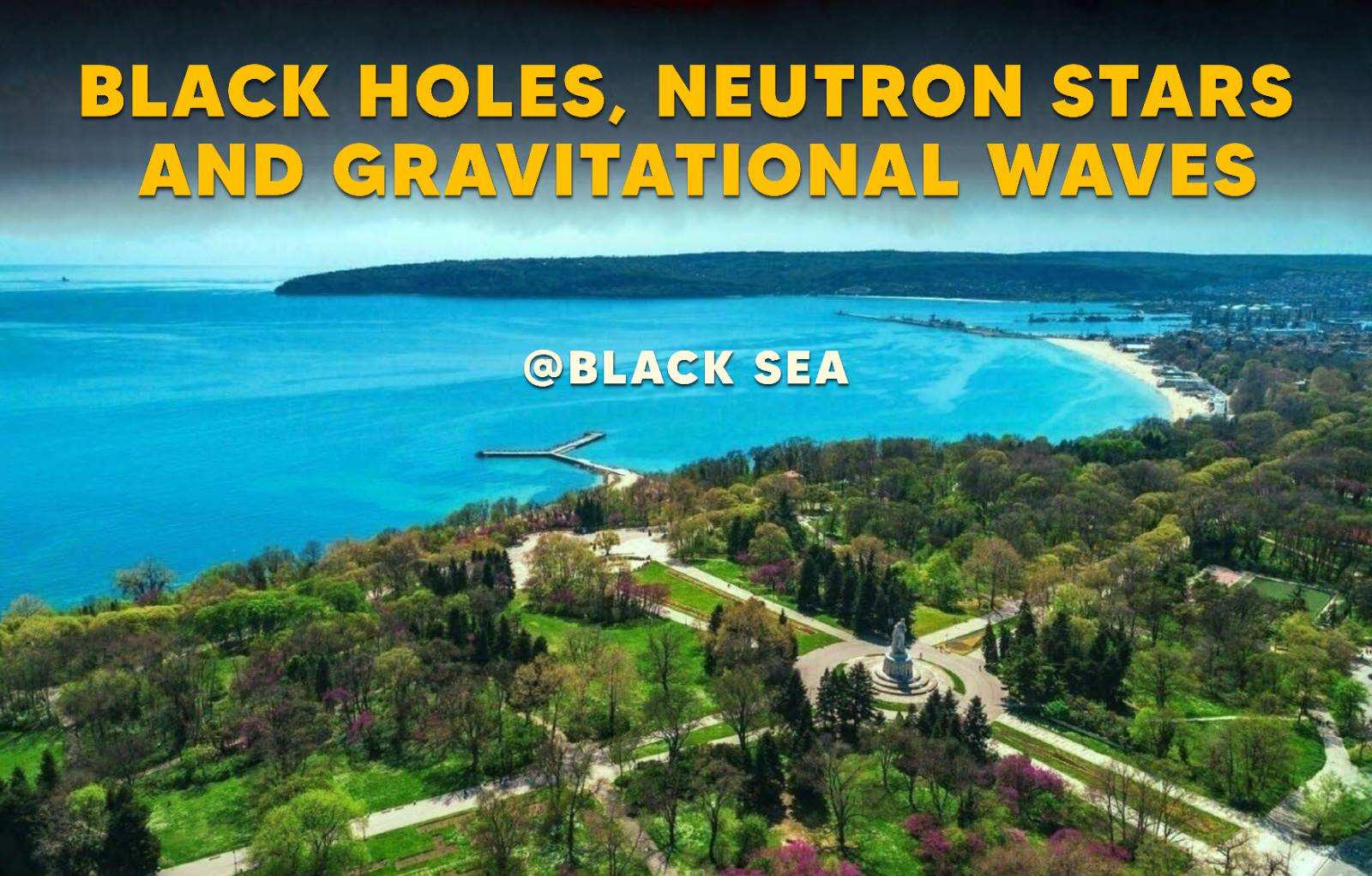Speaker
Description
In this study, we used the ( f(T) ) gravity framework with the energy-momentum tensor for a perfect fluid to derive key cosmological parameters, including the Hubble parameter ( H ), deceleration parameter ( q ) and Statefinder diagnostics. Model parameters were optimized using an ( R^2 ) test, resulting in ( \beta = 1.312^{+0.013}{-0.014} ), ( \xi = 1.273^{+0.0065}{-0.0071} ), and ( H_0 = 72.60^{+0.50}_{-0.49} ), with an ( R^2 ) of 0.9527. Our model aligns closely with the (\Lambda)CDM model and shows good performance based on AIC and BIC criteria. Analyzing the ( q(z) ) curve revealed the transition from deceleration to acceleration in the universe’s expansion. Additionally, we examined pressure, energy density, and equation of state parameter for two models, ( f(T) = \lambda T ) and ( f(T) = T + \beta T^2 ), both aligning well with observational data. The ( r )-( s ) and ( r )-( q ) diagnostics further confirm our model's consistency with (\Lambda)CDM, making it a strong alternative for explaining cosmic expansion. The evolution of (\Omega(z)) shows strong consistency with the (\Lambda)CDM model, with the Om parameter approaching 0.3 at lower redshifts and parameter uncertainties highlighting the model's reliability.

